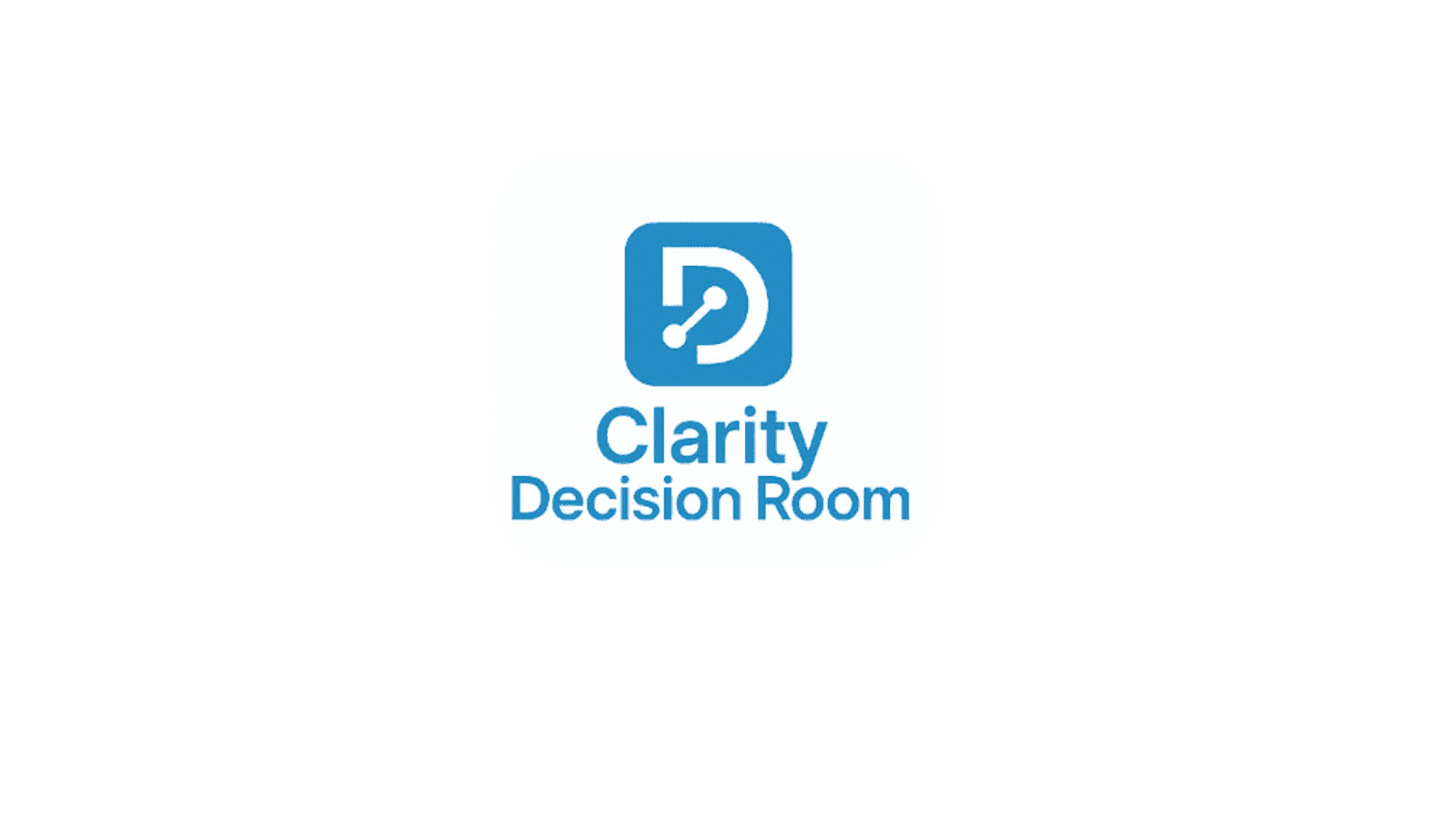...insanity — doing the same thing over and over, hoping for a different result.
Has your company ever formally evaluated the outcomes of its decisions?Have you ever done this within your department?It’s surprisingly rare — not because people don’t care, but because it takes structure and commitment to do it well.You have to set up your decisions to be evaluated. But it’s worth it. Nobody wants to indulge in insanity — doing the same thing over and over, hoping for a different result. When we make decisions, we’re making a bet on the future.Personally, I’ve never purchased a lottery ticket because the odds are terrible — there's so much data to back that up.But when I bet on the future of my company? I can only wish I had that much historical data to lean on. Usually, I don't.I do my homework, make the best decision possible at the time — and then? I circle back to evaluate. Why? Because the follow-up tells me something important.Maybe I relied too much on gut feeling. Maybe I didn’t have enough information.Either way, I'll understand how my major decisions actually impacted my company.And there's another trap: assuming everything went well simply because there’s no obvious disaster.That’s a mistake.How much money could you save — and how many better bets could you make — if you consistently evaluated your past decisions?How do you measure success so you can learn from mistakes or spot new opportunities?Here’s how:
- Use both qualitative and quantitative information.
KPIs matter, but so does narrative: stakeholder feedback, unexpected ripple effects, and unseen trade-offs.
- Mind your timing.
Evaluate early. The earlier you track progress, the more opportunity you have to pivot intelligently.
- Perform a Decision Retrospective.
At Clarity Metrics Group, decision retrospectives are one of our core rituals — because rituals keep organizations running smoothly.
Ask yourself:
- What was known at the time?
- With hindsight, what could have been done differently?
- What assumptions should we challenge going forward? And remember: document everything. If you don’t write it down, it didn’t happen.
And what if the outcome wasn’t ideal? Do we storm into the data department and blame them?
No.
We celebrate the discovery.
We disrupted the status quo. We learned something.
And now — we can pivot.
You might think building this practice would cost a lot.
It doesn’t.
Start simple:
- Set a few success metrics.
- Create a basic decision log.
- Use tools you already have, like Google Sheets or collaborative platforms.
The point is to start somewhere. And if you don't know where to start, Clarity Metrics Group is here to help you build a decision system that grows smarter over time.
